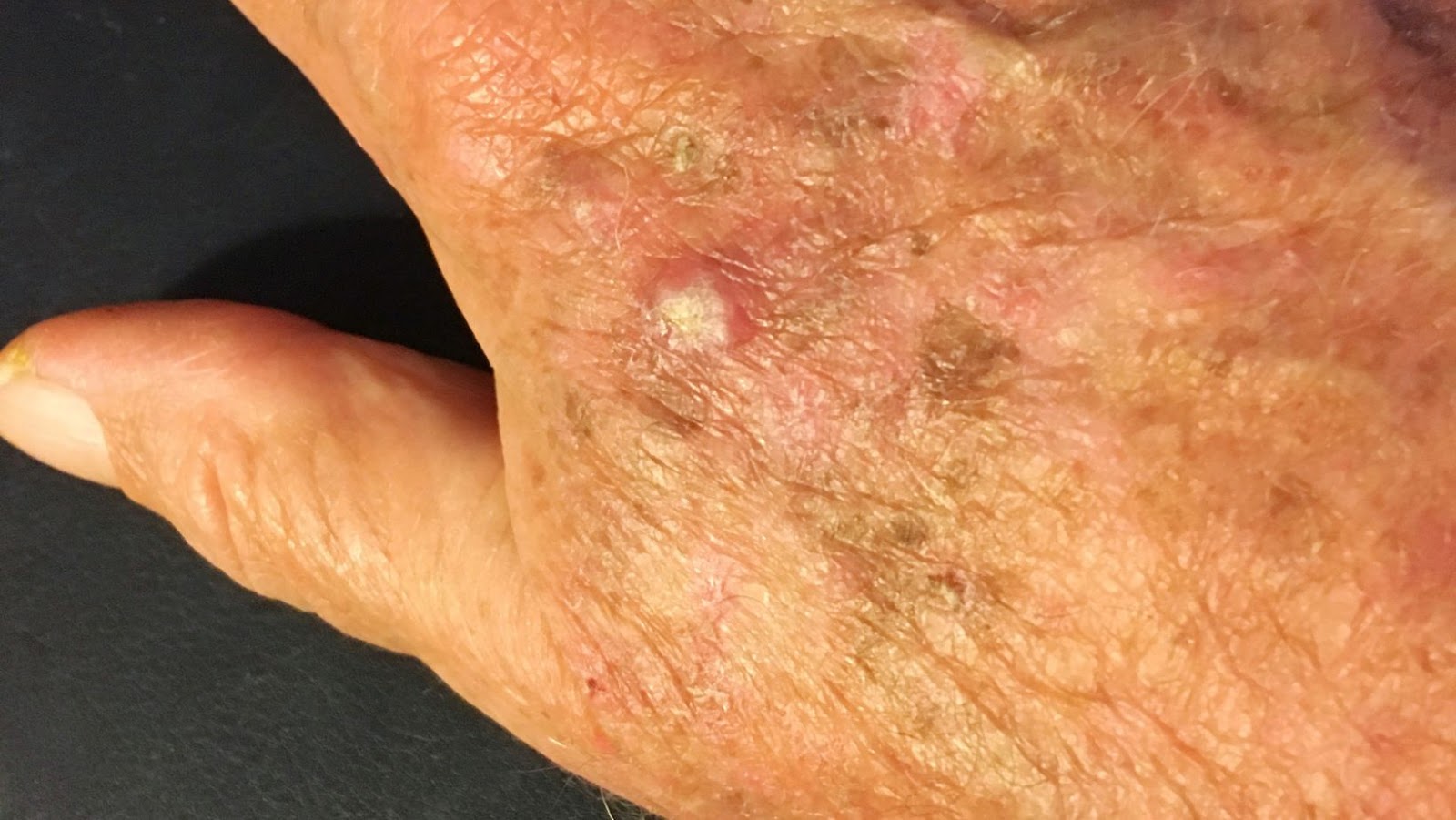Squamous Cells are Flattened and Scale Like When Mature
When mature, squamous cells take on a distinct flattened and scale-like appearance. This unique characteristic sets them apart from other types of cells in the body. As an expert, I find it fascinating how these cells undergo such a transformation during their maturation process.
The flattened shape of squamous cells allows for increased surface area, which has important implications for their function. This structural adaptation enables them to line various organs and tissues, forming protective barriers or facilitating efficient diffusion processes. Their scale-like arrangement also contributes to the smooth flow of fluids and gases across their surfaces.
Understanding the morphology of squamous cells is essential in many fields, including histology, pathology, and dermatology. By studying these flattened and scale-like structures, we can gain valuable insights into cell development, tissue integrity, and disease processes. It’s remarkable how such seemingly simple observations about cell shape can have significant implications for our understanding of the human body.
In conclusion, when squamous cells reach maturity, they adopt a distinctive flattened and scale-like form. The intricate design of these cells plays a crucial role in their function and has far-reaching implications in various scientific disciplines. What exactly are squamous cells? Well, let me enlighten you. Squamous cells are a type of epithelial cell that line various parts of our body, including the skin, respiratory tract, and certain organs. These unique cells derive their name from their appearance when mature – flattened and scale-like.
Structure of Squamous Cells
Flattened Shape
One distinguishing characteristic of squamous cells is their flattened shape. When these cells reach maturity, they take on a thin and flat appearance, resembling scales. This unique structural attribute allows them to cover and protect various surfaces in the body.
The flattened shape of squamous cells enables them to form a tightly packed layer, creating a barrier that helps with functions such as protection against mechanical stress, regulation of moisture levels, and preventing the entry of harmful substances into underlying tissues. For example, the skin is composed primarily of squamous epithelial cells that provide a protective shield against external factors like toxins and pathogens.
Scale-like Appearance
Another notable feature of squamous cells when mature is their scale-like appearance. The flattened nature of these cells gives rise to an overlapping pattern reminiscent of fish scales. This arrangement ensures efficient coverage while allowing flexibility for movement or expansion in certain tissues.
In some instances, this scale-like structure can be observed under microscopic examination. For instance, when examining samples from the respiratory tract or oral cavity, one may notice the presence of squamous epithelial cells displaying distinctive scale-like characteristics.
Overall, understanding the structure of squamous cells provides valuable insight into their function and role within different parts of our body. Their flattened shape and scale-like appearance contribute to their ability to form protective barriers and facilitate specific physiological processes essential for maintaining overall health.
Remember to always consult with medical professionals if you have any concerns or questions regarding your own health or specific conditions related to squamous cell structures in your body.
Functions of Squamous Cells
Squamous cells, when mature, are characterized by their flattened and scale-like appearance. But what exactly do these unique cells do within our bodies? Let’s explore the functions of squamous cells:
- Protection: One of the primary roles of squamous cells is to provide a protective barrier for various organs and tissues. Due to their flat shape, they can form tightly-packed layers that act as a shield against external factors such as pathogens, chemicals, and physical abrasions. For instance, the outer layer of our skin consists mainly of squamous cells that safeguard us from harmful substances in the environment.
- Absorption and Diffusion: Squamous epithelial cells also play a crucial role in absorption and diffusion processes in our body. In certain regions like the alveoli in our lungs or the lining of blood vessels, where efficient gas exchange occurs, thin squamous cells enable rapid diffusion of oxygen and carbon dioxide across their surfaces. This facilitates the exchange of gases between air and blood or between blood and body tissues.
- Filtration: Another function performed by specialized types of squamous epithelial cells is filtration. These intricate cell structures with tiny pores allow selective passage or retention of substances based on size or charge. Renal glomeruli in the kidneys consist of squamous epithelial cells that aid in filtering waste products from blood while retaining essential molecules.
- Secretion: While not as prominent as other functions mentioned above, certain types of squamous cells contribute to secretion activities within our bodies. For example, secretory glands such as sweat glands contain modified forms of squamous epithelial cells that produce sweat to regulate body temperature.
- Sensory Reception: In some sensory organs like taste buds on our tongues or olfactory receptors in our nasal passages, specialized squamous epithelial cells participate in detecting specific stimuli such as taste molecules or odors present in the environment.
